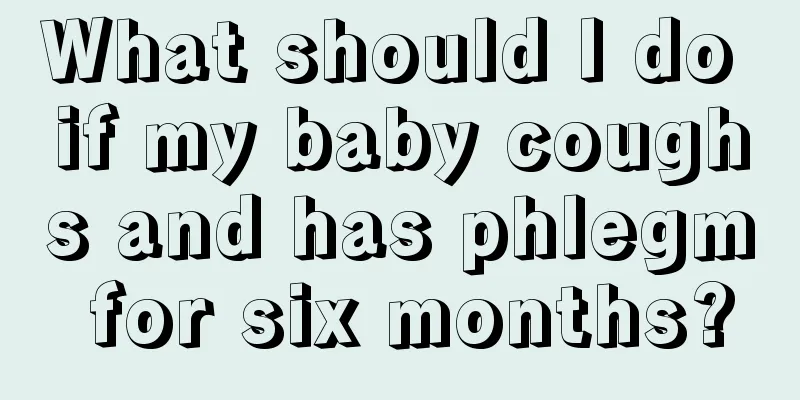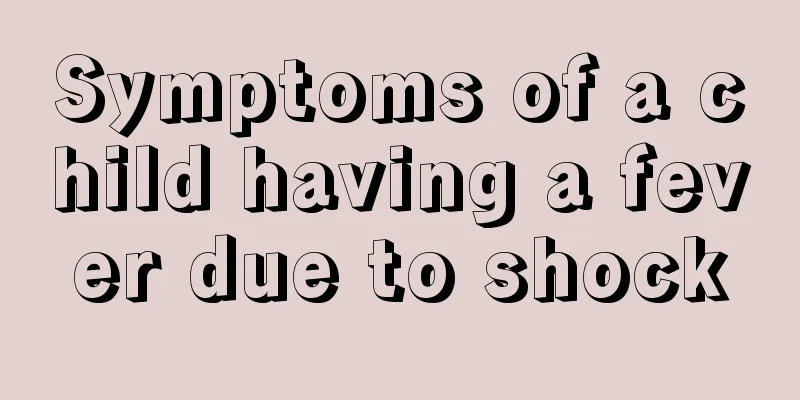How to read children’s blood test?

|
When a child shows some discomfort symptoms, many people will make blind judgments based on their experience. In fact, this practice is very dangerous and may lead to misjudgment of the condition, thus delaying the treatment of the disease. Therefore, it is best to go to the hospital for a routine blood test. Through this scientific examination, you can truly understand the child’s condition, so that you can find the correct treatment method. So how should you read the test report of a child’s routine blood test? How to read children’s blood test? Let’s first look at the first item in the test report, CRP. CRP stands for C-reactive protein. Many large hospitals conduct micro-blood CRP tests. This is an initial screening test that can determine whether the child has a bacterial infection. White blood cells can also determine whether a child has a bacterial infection, but CRP is more sensitive and appears earlier than white blood cells. At the same time, CRP is also an indicator of the systemic response of the disease. If the value is several times higher than the normal value, it often indicates that multiple organs of the patient's body are damaged. In addition, CRP is also related to some serious diseases, such as infectious mononucleosis, Kawasaki disease, rheumatic fever, etc. Is the white blood cell count high? Generally speaking, if the white blood cell count is greater than 10,000, it indicates that the child has a bacterial infection and needs to use antibiotics. The higher the white blood cell count, the more virulent the bacteria or the greater the number of bacteria. But sometimes a particularly high white blood cell count does not necessarily mean a bacterial infection, as white blood cells also contain lymphocytes and neutrophils. If a child has infectious mononucleosis, the number of lymphocytes in his body will be particularly high, so the total white blood cell count will also be particularly high, possibly reaching 20,000 or even 30,000. In fact, most of them are lymphocytes, not neutrophils. Look at the percentage of neutrophils. The higher the value, the more the disease is still developing and may worsen further. Neutrophils mainly target bacteria. When a child's body is infected with bacteria, the number of neutrophils will increase to kill the bacteria. If the neutrophil percentage decreases, the lymphocyte percentage will increase accordingly, indicating that the child may have a viral infection. Look at the absolute value of neutrophils. If it is lower than normal, it indicates a viral infection. The lower the absolute value of neutrophils, the more severe the viral infection. If it is higher than normal, it indicates a bacterial infection. For some children, the total white blood cell count in their bodies is not very high, but the absolute value of neutrophils is very high, which indicates that the child's fever will become more and more severe. Look at the platelets. The higher the platelet count, the more times the child has been infected. This child's platelet count is normal. Many children with recurrent infections have a platelet count of 4 million or 5 million. Look at the absolute value of eosinophils (EOS) and alkaliphils (BASO), which are one of the indicators to determine whether the child is allergic. From the table, we can see that the absolute value of this child's eosinophils is, the normal value is 乣, which is much higher than the normal value, indicating that the child is severely allergic, and that the child's illness this time was caused by an infection on the basis of allergies. Look at the monocyte percentage and absolute monocyte count. Monocytes are phagocytes that are reactive against both viruses and bacteria. Regardless of whether it is a viral infection, bacterial infection, or mycoplasma infection, phagocytes will be the first to appear. The higher the monocyte count, the more severe the child's fever is and the longer it lasts. From the table we can see that its normal value does not exceed 10. If a child's monocyte percentage exceeds 18, he will definitely have a high fever for more than 3 days before getting better, no matter what medicine he uses. From this test report, we can see that the child has obvious allergic symptoms and is also suffering from bacterial infection, so the cough may be quite severe. |
<<: How to treat spermatic cord cyst in children?
>>: What should I do if my child develops red bumps on his body after having a fever?
Recommend
What to do if your child has diarrhea and anal pain
Diarrhea is a very common symptom for children, a...
What to do if your child has a dislocated hip
We all know that every child is naturally active....
5-year-old baby height and weight
We all know that babies grow and develop very fas...
What causes bad breath in a two-year-old baby?
From the time children stop drinking breast milk,...
What should I do if my baby has diarrhea after having a fever and enema?
Nowadays, many children are always taken to the h...
What to do if your one-year-old baby has oral ulcers
One-year-old babies have very poor immunity, so t...
What should I do if my child has swollen lymph nodes?
Lymph nodes are very important nodes in the circu...
Is it normal for babies to have uneven breathing?
Because every family now has only one child, and ...
Can children have nosebleeds when they have a cold?
Normally, if children do not keep warm, they will...
Why does the baby cry when he pees
Friends who have taken care of babies know that b...
What medicine should children take for fever and vomiting?
It is very common for children to have a fever, w...
Baby pneumonia does not cough
The physical condition of babies is not that good...
What should we do during children’s sensitive period? Parents can respond in this way
Children will have sensitive information at every...
Treatment for baby's eyebrow eczema
Problems like baby eyebrow eczema are prone to oc...
What is the reason for the baby's heavy sweat hair?
Everyone knows that no matter which hair in the b...









